Copyright 2021 Evolution Reptiles
All rights reserved.
Copyright 2025 Evolution Reptiles
All rights reserved.
All rights reserved.
Home / Food / Live Reptile Food / Isopods / Granulated Isopods
£4.99
Granulated Isopods (Armadillidium granulatum) are fascinating little creatures that play a crucial role in maintaining a healthy and balanced ecosystem within reptile enclosures. As part of the “clean-up crew,” these woodlice contribute to the breakdown of organic matter, enhance soil quality, and provide enrichment for your reptilian companions. Let’s delve into the world of Granulated Isopods and explore why they’re an excellent choice for bioactive setups.
Out of stock
Granulated Isopods (Armadillidium granulatum) are fascinating little creatures that play a crucial role in maintaining a healthy and balanced ecosystem within reptile enclosures. As part of the “clean-up crew,” these woodlice contribute to the breakdown of organic matter, enhance soil quality, and provide enrichment for your reptilian companions. Let’s delve into the world of Granulated Isopods and explore why they’re an excellent choice for bioactive setups.
Granulated Isopods are not only functional but also fascinating inhabitants of bioactive enclosures. By introducing these diligent little workers, you’re promoting a healthier, more dynamic habitat. They also make fascinating pets in their own right.
| Weight | 0.04 kg |
|---|
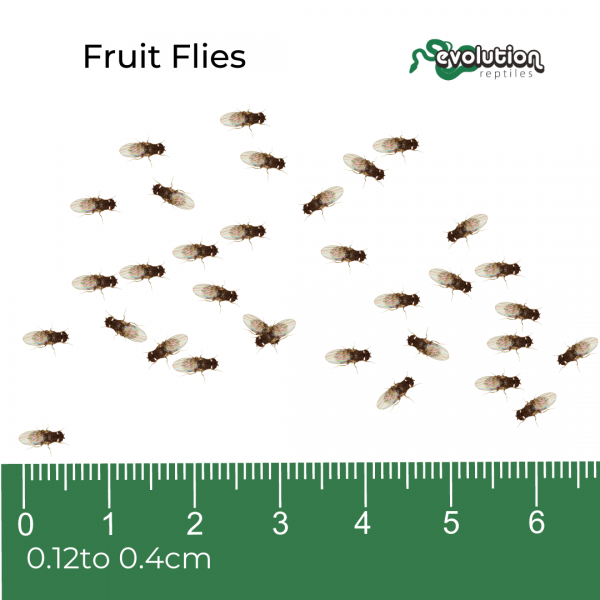
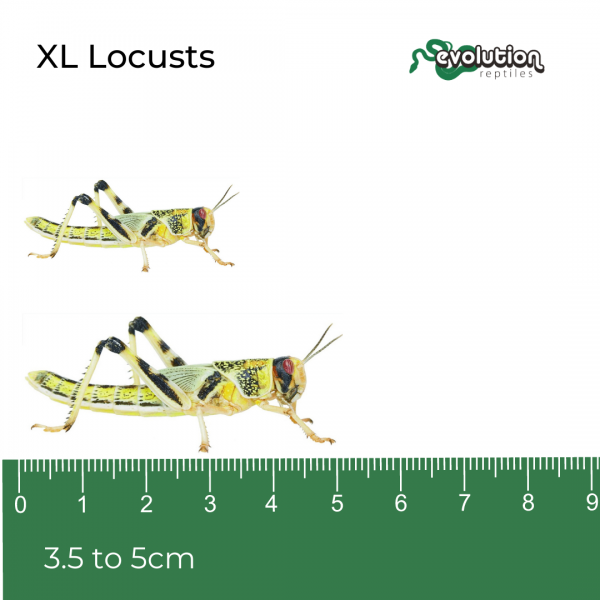
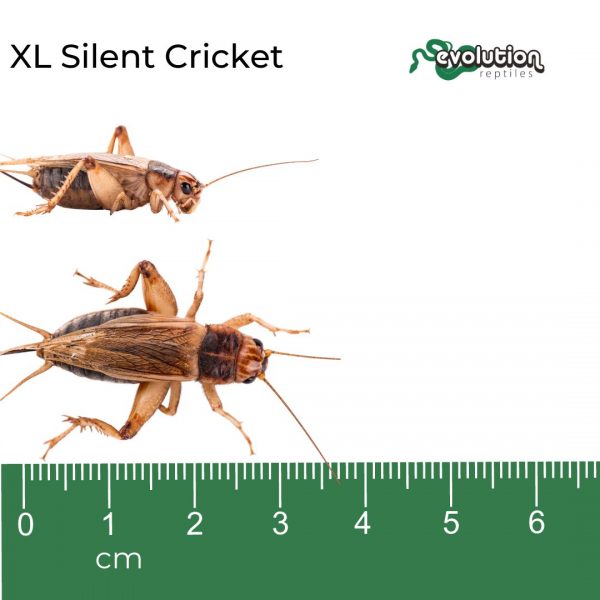
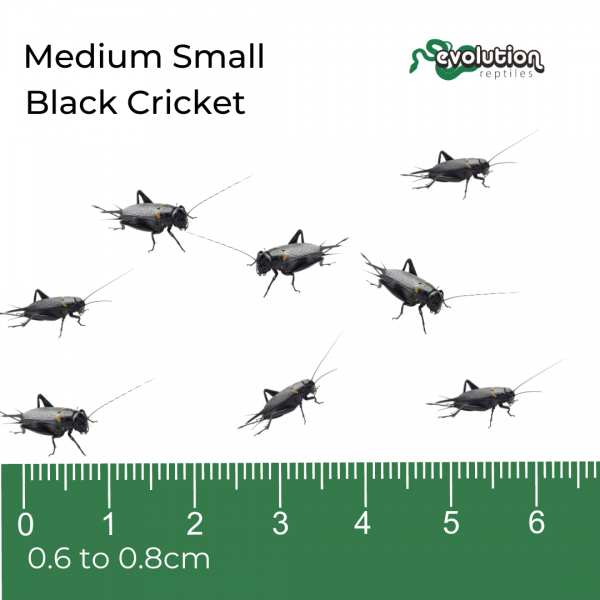
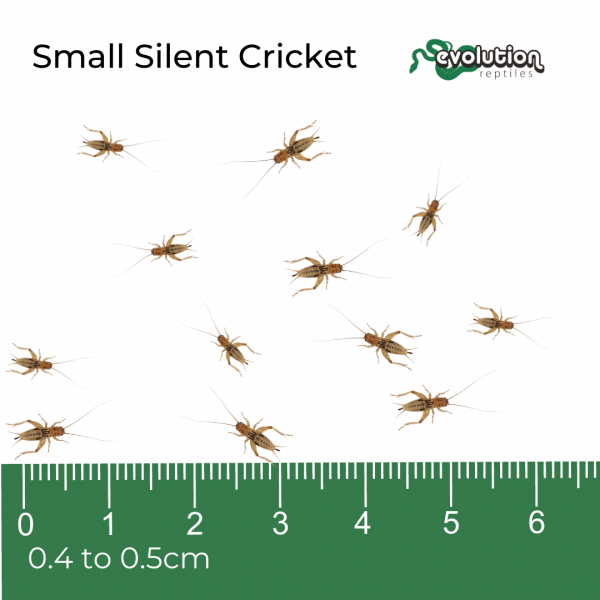
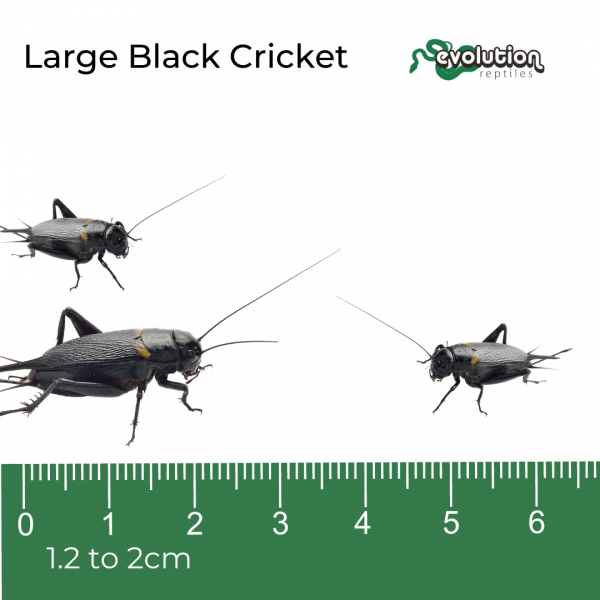
Copyright 2021 Evolution Reptiles
All rights reserved.